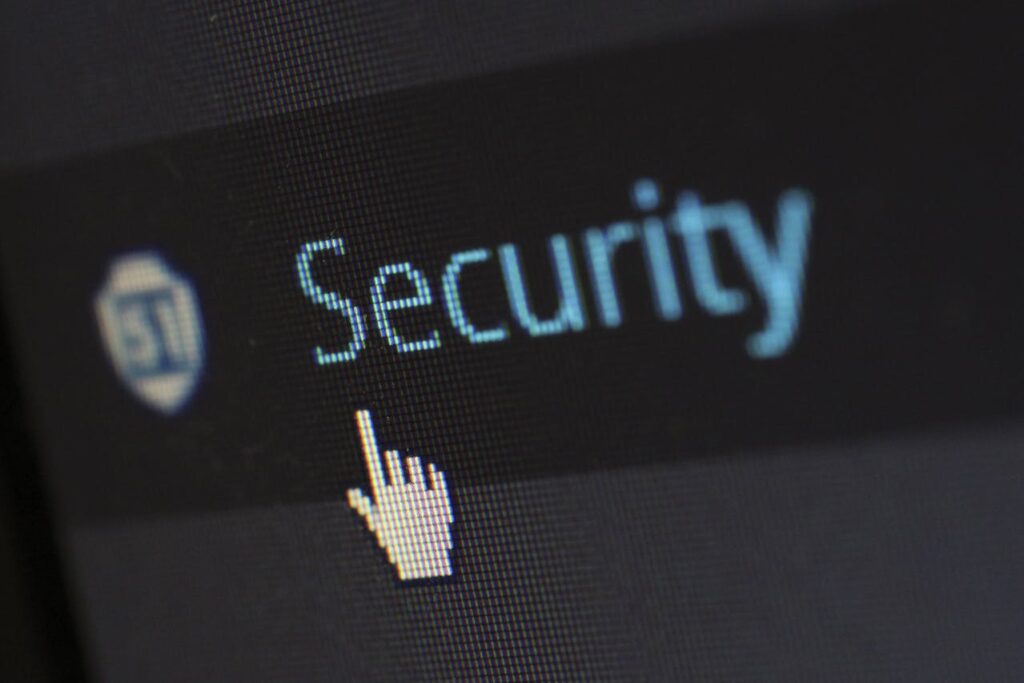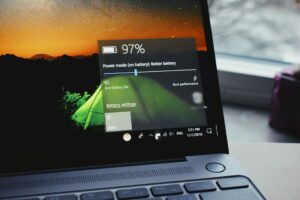A Step-by-Step Guide to Protecting Your Personal Computer from Online Dangers in the Year 2025

A Step-by-Step Guide to Protecting Your Personal Computer from Online Dangers in the Year 2025
Dangers to cybersecurity are developing at a rate that is unprecedented. To keep your personal computer secure in the year 2025, you will need more than just the most basic antivirus software. This is because AI-powered assaults, phishing schemes, and ransomware are all on the increase. It is true that hackers are using more sophisticated methods, but the good news is that you can safeguard your computer by taking procedures that are simple and efficient.
The purpose of this book is to provide you with straightforward methods that will assist you in securing your personal computer and safeguarding your sensitive data.
1. Ensure that your operating system is always up to date.
When software is out of date, it is like leaving a door open for hackers. The vulnerabilities in the system are patched and issues are fixed with regular updates.
Advice:
- Windows, macOS, and Linux should all have their automatic updates turned on.
- Update your device drivers and any vital applications, such as browsers, on a regular basis.
- The security fixes should be installed as soon as they are made available.
2. Make Use of a Trustworthy VPN and Antivirus programme
In the fight against ransomware, spyware, and malware, your first line of protection should still be a reliable antivirus program.
- Download and install a reliable antivirus program such as Bitdefender, Norton, or Kaspersky security.
- In order to provide further security, you may either make use of the built-in Windows Defender Firewall or a third-party firewall.
- A helpful hint for warding against sophisticated dangers is to combine antivirus software with anti-ransomware measures.
3. Activate the Multi-Factor Authentication (MFA) procedure.
The use of multi-factor authentication, such as an SMS code or an authenticator software, may prevent hackers from knowing your password even if they are able to guess it.
- Enable multi-factor authentication for your social media, banking, and email accounts.
- If you want to increase your level of security, you should use programs like Google Authenticator or Microsoft Authenticator rather than SMS codes.
4. Employ Secure and Unrepeatable Passwords
Weak passwords or passwords that have been repeated are the simplest method for hackers to get access.
- Use passwords that are lengthy (at least 12 characters) and include a combination of letters, numbers, and symbols.
- Birthdays, names, and popular terms should be avoided at all costs.
- Using a password manager such as LastPass, 1Password, or Bitwarden is something you should think about.
5. Phishing emails and fake links should be avoided at all costs.
Using artificial intelligence to construct convincing phony emails, phishing attacks are becoming more sophisticated.
- Never open attachments from unfamiliar sources or click on websites that seem to be suspicious.
- Check the sender’s address and get in touch with the sender personally to verify emails that come from financial institutions or services.
- Utilize browser add-ons that alert you to potentially malicious websites.
6. Maintain a consistent backup of your data.
Despite the fact that ransomware assaults might lock your files, backups guarantee that you will not lose any of your data.
- Cloud storage services such as Google Drive and Dropbox should be used.
- Backups should be stored on external hard drives for offline use.
- Back up your data on a weekly or monthly basis.
7. Ensure the Safety of Your Wireless Network
Wi-Fi networks that are not properly protected might provide hackers with easy access to your personal computer.
- The default password for the router should be changed to a secure password.
- Ensure that your router is capable of supporting WPA3 encryption.
- Use a guest network for guests or conceal the name of your network, often known as the SSID.
8. Use a virtual private network (VPN) to browse the web securely.
When you browse the web, a Virtual Private Network (VPN) will conceal your IP address and encrypt the data you send and receive.
- Utilize reputable virtual private networks (VPNs) such as NordVPN, ExpressVPN, or ProtonVPN.
- Stay away from free virtual private networks (VPNs) since they could sell your data.
9. Disable Software and Services That Are Not Necessary
In the background, some applications pose a threat to the system’s security.
- Remove any apps that you are no longer using.
- Disable any startup applications that aren’t absolutely necessary.
- Unless you really need remote access, you should turn it off.
10. Maintain an Awareness of Potential Cyber Dangers
Security in cyberspace is always evolving. It is just as crucial to be informed of the most recent risks as it is to have specific tools.
- Keep up with the latest cybersecurity news or follow tech blogs.
- Acquire the ability to recognize fraudulent websites and frauds.
- It is important to exercise caution while downloading software or data.
Protecting your personal computer in the year 2025 does not have to be difficult. You are able to safeguard your computer from the majority of contemporary cyber dangers by following these ten easy steps: upgrading software, using strong passwords, activating multi-factor authentication, and being vigilant when accessing the internet.
Always keep in mind that information security is not only about technologies; it is also about behaviors. Taking preventative measures can allow you to have a worry-free online experience while also ensuring the safety of your data.




